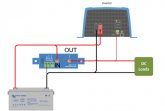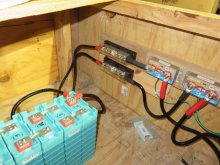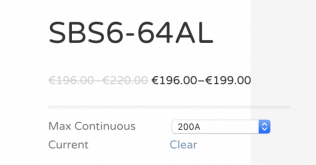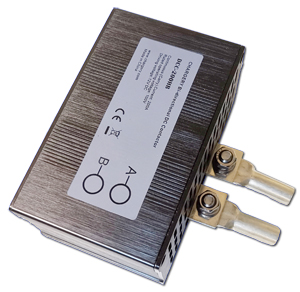Firstly, just want to clarify your point, "Victron Battery Protect can be used with an inverter with an on/off remote function." ... yes it can be used to
control an inverter but it must not be used to
switch the supply to an inverter. They are not designed for this. Secondly, again for clarity, inverters that have 'remote control' feature are specifically designed for this configuration, 'normal' inverters are not.
For further information, Will did a video on this very topic recently - he used an opto-coupled relay controlled by his BMS in series with the inverter's switch so that either could sof-disconnect the inverter.
Additionally there is a recent thread on here discussing options to remote control 'normal' inverters.
But back to your question...
These newer BatteryProtect module can be used in two ways to remote control an inverter:
- Using the switched output
- Using a programmable rely
If using a Victron inverter, Option 1 is easy because the inverter expects a DC supply to be active on the remote line (per the diagram above), but you can also use the programmable relay to either provide a switched supply or a switched earth via the relay contacts. So in summary, the BatteryProtect can provide either a switchable short, a supply or an earth to 'normal' inverter.
So now we need to determine what the 'normal' inverter needs.
The inverter requires a 0.5 second, probably 'high', signal to switch on per Page 6 of your user manual, "
3) Long press the switch or the remoter of inverter for over 0.5s and then stop, if the indicator light on the inverter or on the remote control box is on, it means that the inverter starts to work normally. This opening method can avoid turning on the unit by mistakes due to the interference or any factors. ".
Unfortunately, the switch off procedure is less clear, "
6) Switch off inverter and remoter to stop working. At that time, the indicator lights in. Both inverter and remoter are off. The inverter does not consume current of the battery when it is switched off." but my guess it'll be the same signal i.e. press and hold for 0.5 seconds to switch on, do the same to switch off.
So, based on the above information, I would say that it would NOT be possible to switch this inverter on/off using the relatively simple signaling provided by the BatteryProtect module. With that said, as I mention in the thread referred to above, such a signal would be relatively simple to produce with a cheap (i.e. sub $1) microcontroller.
I could design such a gadget if there was sufficient interest, or one might already exist on maker sites like '
instructables.com'.








